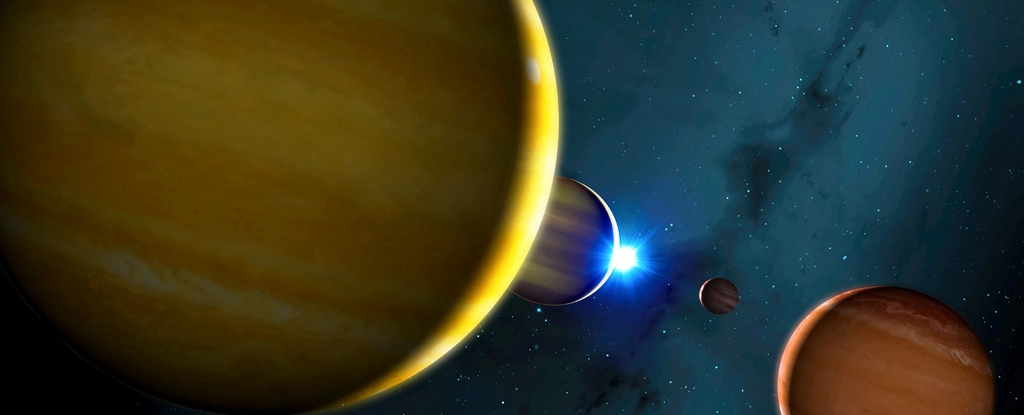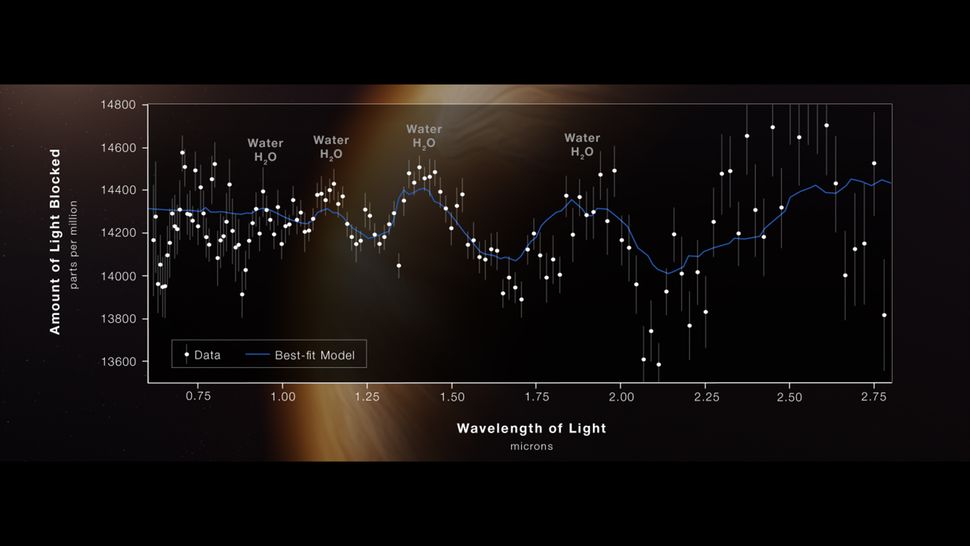Scientists have a new way to find oceans on distant planets
- January 6, 2024
- 0
The search for liquid water on exoplanets is key to finding life among stars, and now scientists have proposed a new strategy that could increase the chances of
The search for liquid water on exoplanets is key to finding life among stars, and now scientists have proposed a new strategy that could increase the chances of

The search for liquid water on exoplanets is key to finding life among stars, and now scientists have proposed a new strategy that could increase the chances of finding it. In a new study published Dec. 28 in the journal Nature Astronomy, researchers suggest that if an exoplanet’s atmosphere contains less CO2 than its neighbors, its surface could harbor large amounts of water and even life.
Currently, the search for liquid water on planets outside the solar system is a serious problem. None of the nearly 5,000 exoplanets we have discovered have been confirmed to have liquid water. The best scientists can do is detect traces of water in the atmospheres of exoplanets and determine whether the planets could theoretically support liquid water.
“We know that initially the Earth’s atmosphere consisted mostly of CO2, but later the carbon dissolved into the ocean, making the planet capable of supporting life over the last four billion years,” Professor Amory Trio said. In the statement, it was stated that research was conducted in the field of exoplanetology at the University of Birmingham in the United Kingdom.
As carbon dissolves in the oceans, tectonic activity locks it in the Earth’s crust, effectively creating a carbon sink. This is partly why our planet has much lower CO2 levels than our neighbors; While Earth’s atmosphere contains about 0.04% CO2, the atmospheres of Venus and Mars contain more than 95% CO2.
The researchers believe that if scientists observe an atmosphere with the same low carbon content on an exoplanet, it could indicate the existence of large oceans similar to ours.
CO2 is easier to find than liquid water. CO2 absorbs infrared radiation very well, which means it creates a strong signal that scientists can detect.
This technique can also be used with existing telescopes such as the James Webb Space Telescope. Ground-based observations should also be possible due to the specific wavelength at which CO2 is measured; The Earth’s atmosphere may partially absorb the signals, disrupting experiments at other wavelengths.
“This is a really good way to do it. Additionally, using the telescope will not require a huge investment of time; this is so important because it is incredibly valuable to our community,” said School of Physics and Astronomy lecturer Sarah Casewell. from the University of Leicester in England, which was not involved in the research.
Surprisingly, another scenario could contribute to a low-carbon atmosphere: life itself. Carbon sequestration through photosynthesis and crust formation is the primary form of life on our planet, with approximately 20% of all carbon sequestration on Earth resulting from biological processes.

“Despite high hopes, most of our colleagues concluded that large telescopes such as JWST will not be able to detect life on exoplanets. Our work gives new hope” – Associate Professor Julien de Wit, co-author of the study. In the statement, Dr. from the Massachusetts Institute of Technology Department of Planetary Sciences. “Using the signature of carbon dioxide, we not only infer the existence of liquid water on a distant planet, but also provide a way to identify life itself,” de Wit said.
While this approach seems likely to work in principle, there may still be obstacles because it’s unclear how many terrestrial exoplanets also have atmospheres. “Finding the perfect testing system may be a little more difficult than we previously thought,” Casewell told LiveScience. But as researchers continue to discover more exoplanets, more atmospheres will be discovered. And this technique can help you find out whether they can support life.
Source: Port Altele
As an experienced journalist and author, Mary has been reporting on the latest news and trends for over 5 years. With a passion for uncovering the stories behind the headlines, Mary has earned a reputation as a trusted voice in the world of journalism. Her writing style is insightful, engaging and thought-provoking, as she takes a deep dive into the most pressing issues of our time.